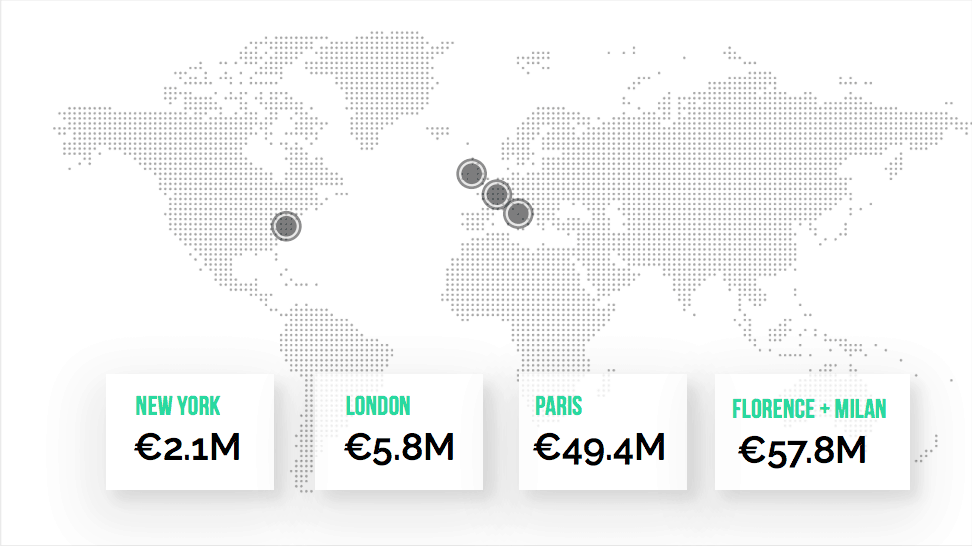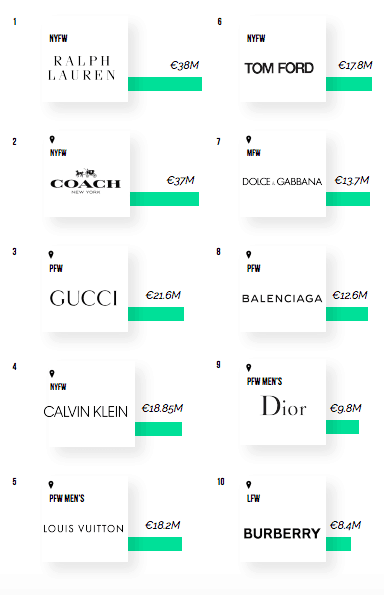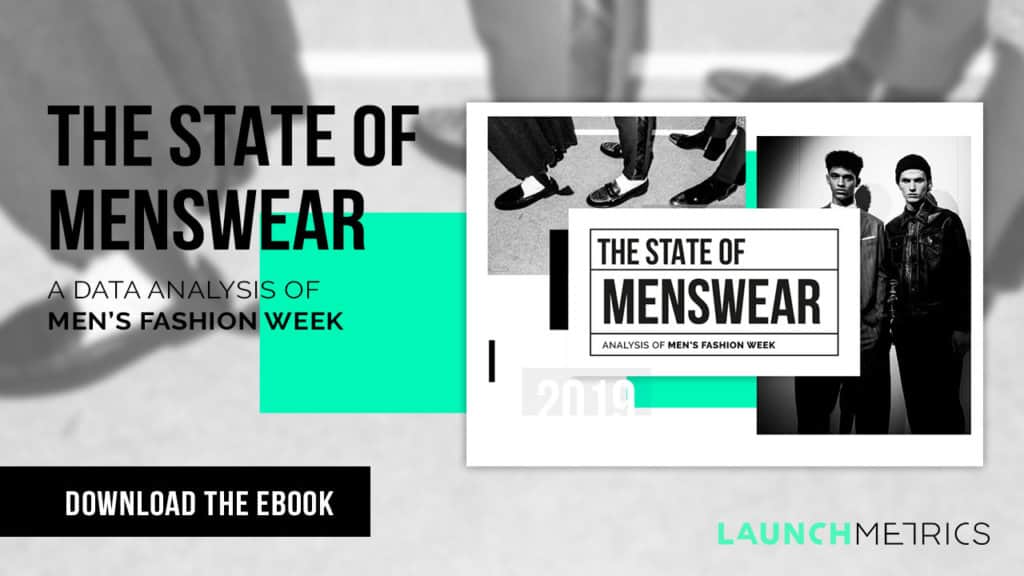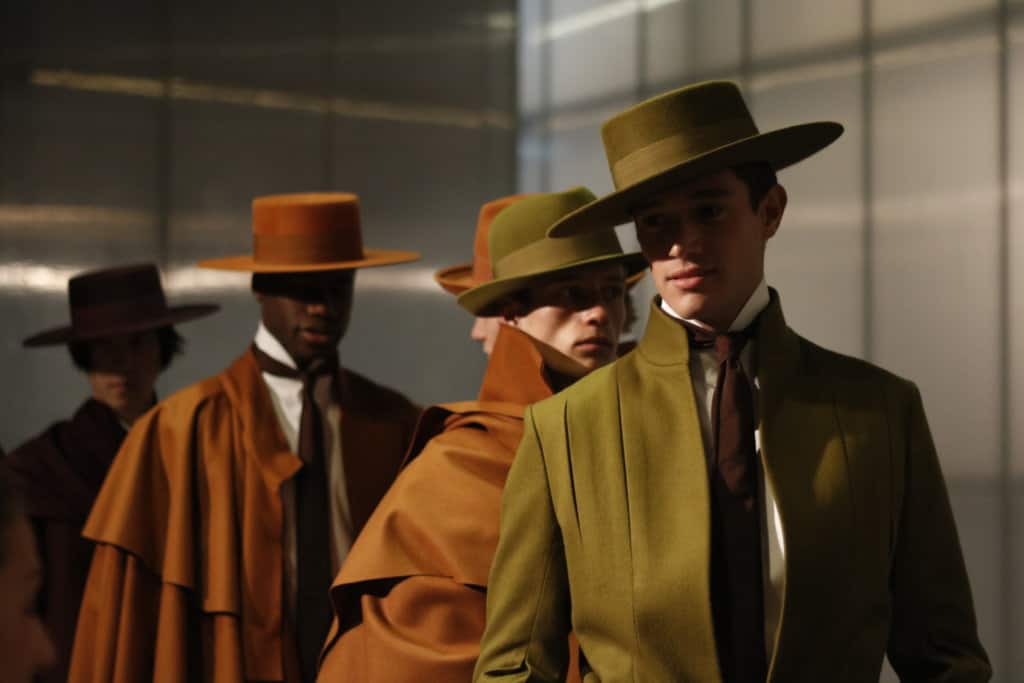This month we launched our first ever data analysis report of all major men's fashion weeks to gain a better understanding of where the future of menswear is headed. Our team of Data Scientists put our proprietary Media Impact Value™ algorithm (MIV®) to use to dig deep into the voices that generate impact for menswear brands, the influencers and designers that garner the most buzz, and the fashion week capitals that are leading the scene. Below are three major takeaways from The State of Menswear report, but for a more in-depth look, make sure to download your free copy of the report available via this link.
In this article you’ll learn…
Italy & Paris: Men’s Fashion Week Leaders
When looking at the numbers, we discovered that European men’s fashion weeks in Italy and Paris garnered significantly more buzz than their Anglo counterparts. When analyzing Italy, it’s important to understand that Pitti Immagine’s partnership with Camera Nazionale della Moda Italiana has led to the celebration of “Italian Men’s Fashion Week”, which is the union between Pitti Uomo in Florence and Milano Moda Uomo in Milan. This has definitely contributed to the fact that Italy generated the most MIV (€57.8 million) when comparing to the other three major fashion weeks.
Paris was the second most buzzworthy fashion week for menswear with €49.4 million in MIV. When looking back at the shows in June, it’s evident that the debut of Kim Jones and Virgil Abloh as creative directors for men’s at Dior and Louis Vuitton respectively, heavily contributed. In fact, in the ranking of top 10 brands across all fashion weeks, we see that Louis Vuitton led with €18.2 million in MIV while Dior came second with €9.7 million in MIV.
The June shows in London and New York only managed to generate €5.8 million and €2.1 million respectively. This could be largely due to the fact that some of the major fashion designers were absent. Brands such as Ralph Lauren and Burberry opted for co-ed shows at women’s fashion weeks – a strategy we’ll be taking a closer look at later in this post.

Mid-Tier and Micro Influencers drive the impact.
We’ve mentioned it before, having influencers attend your fashion show is crucial for boosting awareness around your collection launch. And, understanding which types of influencers to work with is key in order to make the most of your collaborations. Our Data Scientists discovered that for men’s fashion weeks in June, the most effective types of influencers were Mid-Tier and Micro Influencers.
Spanish actor and model (and Mid-Tier influencer), Jon Kortajarena, was the opinion leader who garnered the most MIV at New York Fashion Week Men’s with €105K. There’s no doubt that Mega Influencers and celebs like Hu Bing and David Beckham are also powerful during these events; they were at the top of the ranking in London. Yet, overall, when looking at the influencer voice split, it was the more niche influencers who led the buzz this time around – a trend we are likely to see again at future men’s fashion weeks.
Co-ed shows are the future.
In The State of Menswear, another vital point we looked into was the co-ed fashion show strategy. To understand whether this was a more effective strategy for brands in terms of impact, we benchmarked co-ed shows at women’s vs. top men’s fashion shows (including co-ed).
Ralph Lauren, who celebrated their 50th anniversary during New York Fashion Week in September, was the most successful in generating buzz with €38 million in MIV. Coach who also showed at NYFW followed closely behind with €37 million. The only two shows from men’s weeks that appear in the top 10 ranking are Louis Vuitton (€18.2 million) and Dior (€9.8 million) which were not co-ed.

These data results highlight the fact that co-ed shows tend to spark more media impact when held during women’s weeks than during men’s. The exceptions in the top 10 ranking can be attributed to the debut of the new creative directors, Kim Jones and Virgil Abloh, who themselves generated quite a bit of impact around their names.
To find out more about the impact that designers themselves generate, the top influencers at each fashion week, and a closer look at major brands’ strategies, be sure to download The State of Menswear report, available here:

Header photo: Celia Abejón
